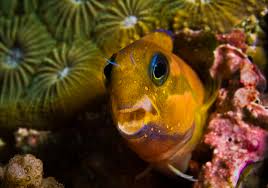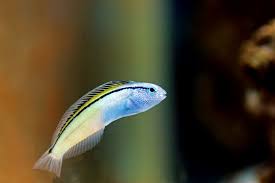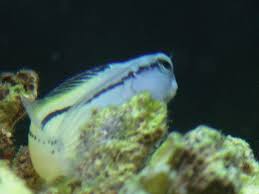
**Introduction**
Tomatoes, while often a source of curiosity for cats, raise questions about safe consumption levels. In this article, we delve into the considerations for determining a safe amount of tomatoes that cats can consume without encountering health issues.
**1. Individual Variability**
Cats, like humans, exhibit individual variability in their tolerance to certain foods. While some cats may show interest in tomatoes, others may not be inclined to consume them at all. Understanding and respecting this individuality is crucial when introducing any new food into a cat’s diet.
**2. Ripe vs. Unripe Tomatoes**
The ripeness of the tomatoes plays a significant role in determining their safety for cat consumption. Ripe tomatoes generally have lower levels of solanine, a potential toxin found in nightshade plants, making them a safer choice for cats. Unripe or green tomatoes, on the other hand, may contain higher levels of solanine and should be avoided.
**3. Moderation is Key**
When it comes to feeding tomatoes to cats, moderation is key. Offering small, bite-sized portions can help prevent excessive consumption and minimize the potential risks associated with certain compounds found in tomatoes. It’s important to treat tomatoes as an occasional treat rather than a staple in a cat’s diet.
**4. Monitoring for Adverse Reactions**
Even with small amounts of ripe tomatoes, it’s crucial for cat owners to monitor their pets for any signs of adverse reactions. Allergic responses, gastrointestinal distress, or changes in behavior should be promptly addressed. If a cat shows an aversion to tomatoes or exhibits negative reactions, it’s advisable to refrain from offering them in the future.
**5. Veterinary Guidance**
Before introducing tomatoes or any new food into a cat’s diet, consulting with a veterinarian is recommended. Veterinarians can provide personalized advice based on the cat’s health status, dietary needs, and potential sensitivities. They can also offer insights into whether tomatoes can be safely included as a part of the cat’s treat repertoire.
**6. Consideration of Overall Diet**
While tomatoes can be a source of certain nutrients, they should not replace a cat’s regular, balanced diet. Cats have specific dietary requirements, and their primary nutrition should come from purpose-formulated cat food that meets all their nutritional needs.
**7. Conclusion: Enjoying Tomatoes in Moderation**
In conclusion, the safety of tomato consumption for cats hinges on factors such as ripeness, individual variability, and moderation. By offering ripe tomatoes in small amounts and closely monitoring for any adverse reactions, cat owners can strike a balance that allows their feline friends to enjoy tomatoes as an occasional treat. Consulting with a veterinarian ensures that these treats align with the overall well-being of the cat.









